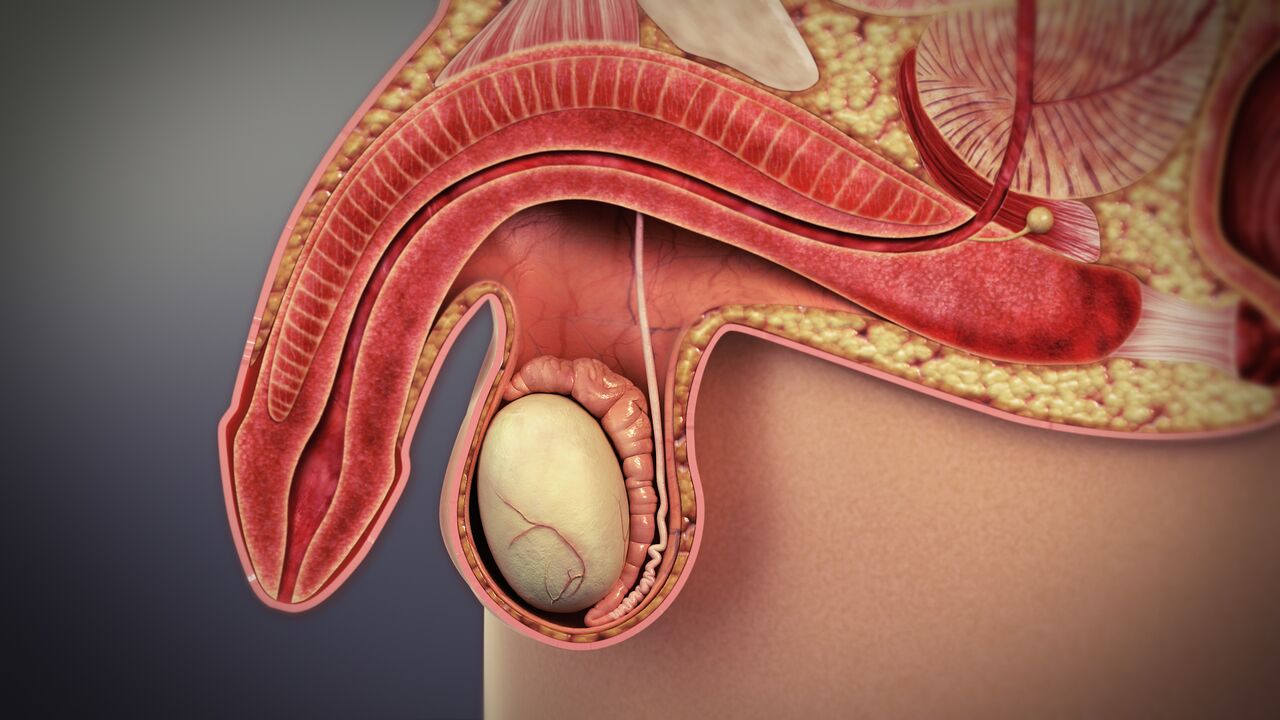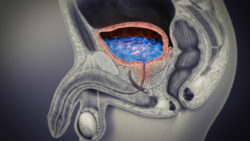When a fibrous plaque develops inside the the male penis, it results in a painful condition called Peyronie's disease. Peyronie’s disease is a connective tissue disorder that affects the soft tissue of the penis, causing abnormal curvature, shortening and often erectile dysfunction.
The disorder becomes more common with age, but is not a side effect of aging. About 6 out of 100 men between the ages of 40 and 70 suffer from Peyronie’s disease.
 Repeated penile injury may cause fibrous plaques in the soft tissue of the penis
Repeated penile injury may cause fibrous plaques in the soft tissue of the penis
Cause
No exact cause of Peyronie’s disease has been detected so far. Researchers believe that plaque formation could be an outcome of traumatic injury (that causes bleeding and scarring in the penis). Sometimes, the reason might also be genetic. In some men, injury and genes could both be involved.
Some men have a tendency to develop scar tissue in hand or foot. These are called Dupuytren's contractures. Men with Dupuytren’s contractures seem to be more prone to Peyronie's disease.
Treatment
1. Drug Therapy
Collagenase enzyme from Clostridium histolyticum, called Auxilium, is an FDA approved drug to treat Dupuytren's contracture. It works by breaking down the excess collagen in the penis that causes Peyronie's disease.
Verapamil injections are usually given to cure high blood pressure. But some studies suggest that verapamil also relieves penile pain and curving. In some cases, it can be an option, therefore, for treating Peyronie's disease.
A large-scale test of interferon injection for Peyronie's disease showed that the treatment can work well in controlling swelling and scarring.
2. Surgery
- To reduce the curved/ plaque covered side of the penisThis is a low-risk surgery performed either by cutting out fragments of tissue on the outside of the curve and sewing it closed or by folding the tissue and pulling it together with surgical thread. However, since the penis size becomes shorter, the surgery is preferred by men with penile curving, and a long penis.
- Surgery to elongate the curved side of the penis This type of surgery is used when the penile curve is severe or the shaft has become very narrow. The surgeon cuts the plaque to ease tension, and may remove some of the plaque. The space that's left is then filled with a graft.
In most cases, this surgery won't make the penis shorter, but it is difficult to perform and there is a risk it could exacerbate the erectile dysfunction. This surgery is often only recommended for cases of severe deformity in men who are able to get adequate erections for sex.
- Nesbit operation
This is a technique of plicating (suturing) the side of the penis that doesn't have scar tissue. An artificial erection is created and the outer skin of the penis is pulled back. The penis is straightened, and the excess tissue (on the outer side of the curve) is either removed or stitched together. The final penile length will depend on the length of the shorter side.
The surgery is performed by highly skilled urological surgeons who specialize in corrective surgical techniques. A penile prosthesis may be appropriate in advanced cases.
3. Other
Options of treating the penis with ultrasound, radiation, heat, and topical application of verapamil are also being studied. However, they are still largely in developmental stages.
Urinary tract infections are infections of the urine-producing/carrying organs: kidneys, ureters, bladder and urethra. When the infection is confined to the bladder and urethra, this is called a lower UTI.
Read More..










